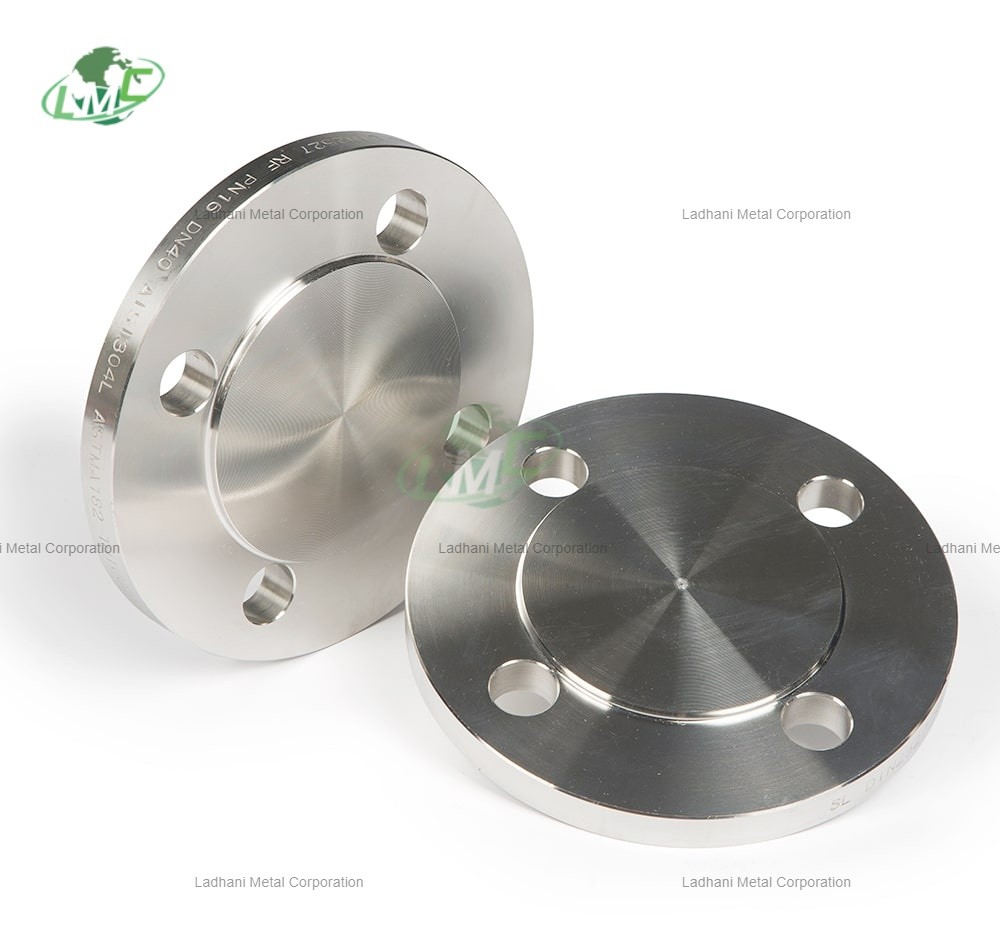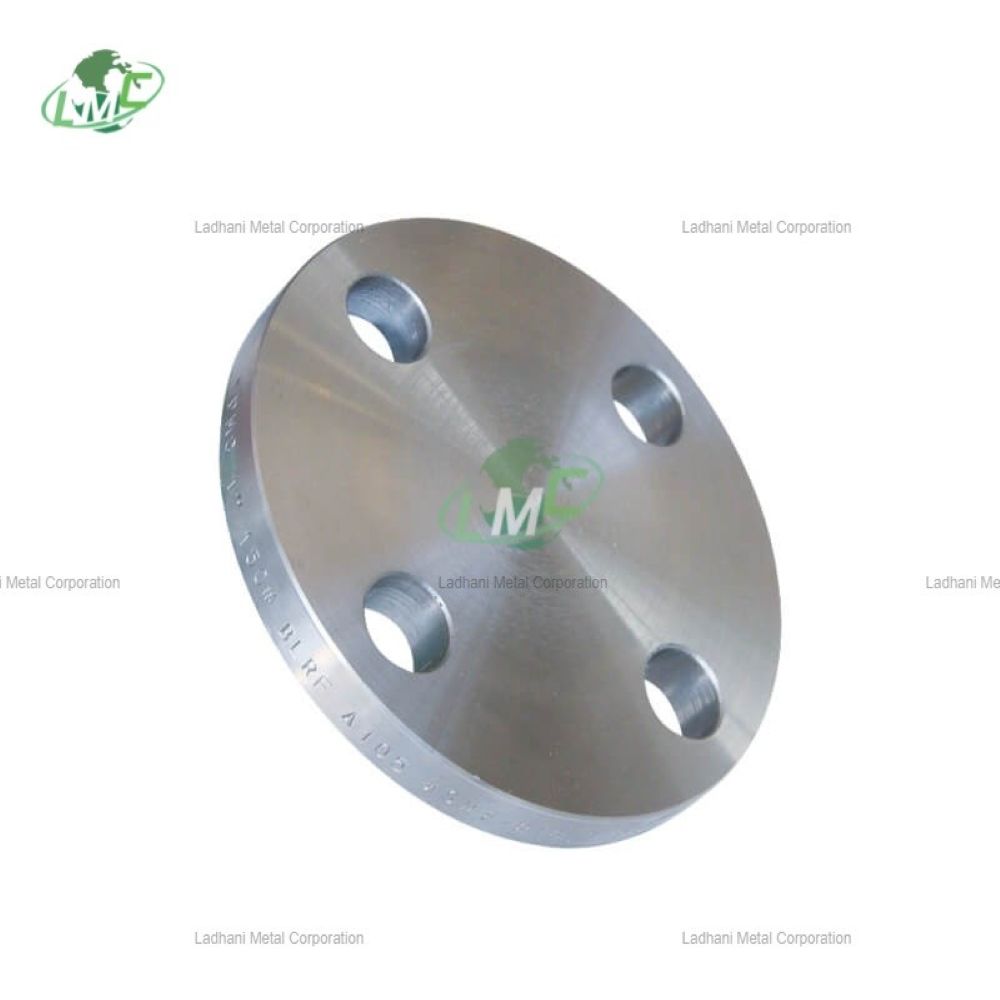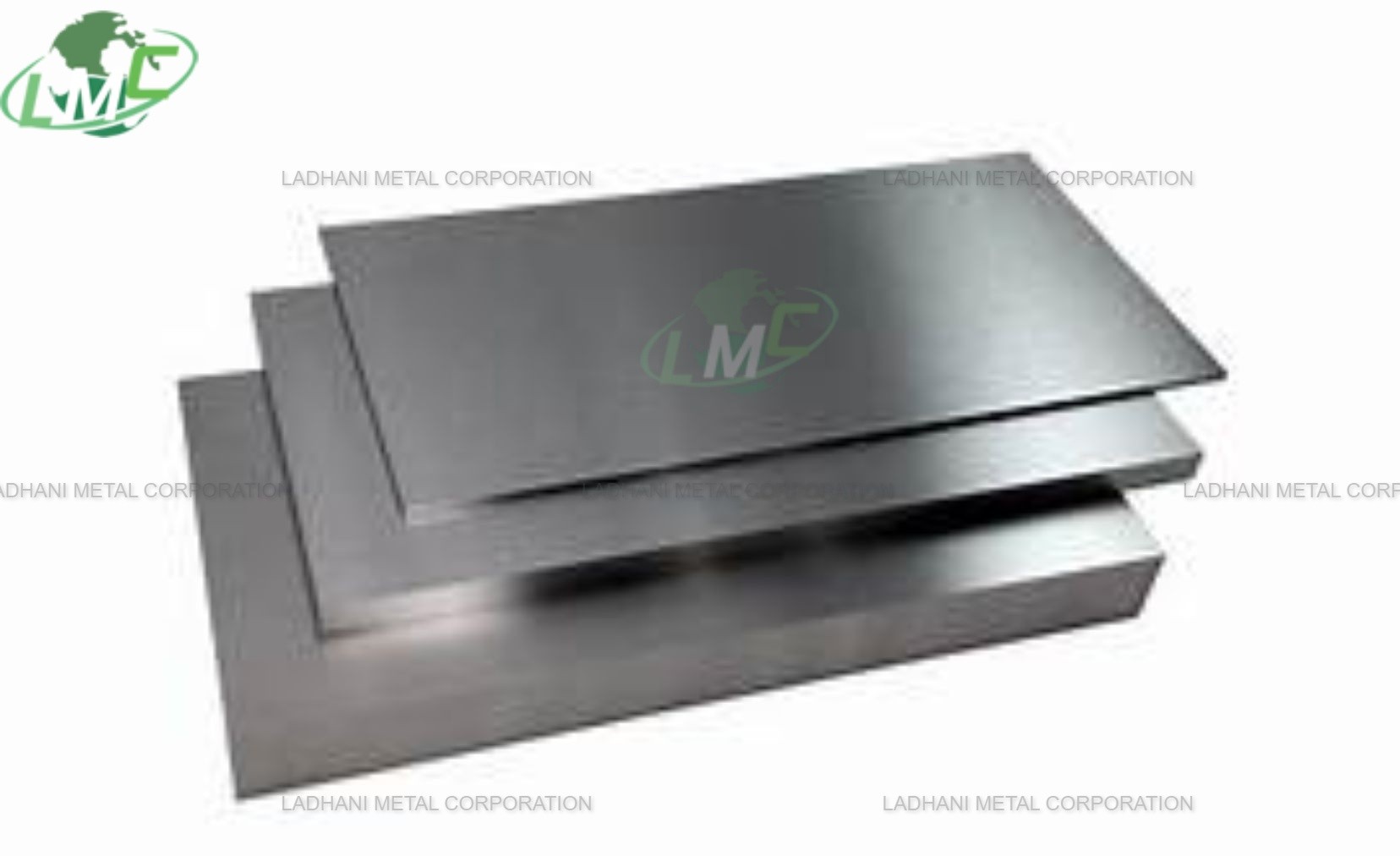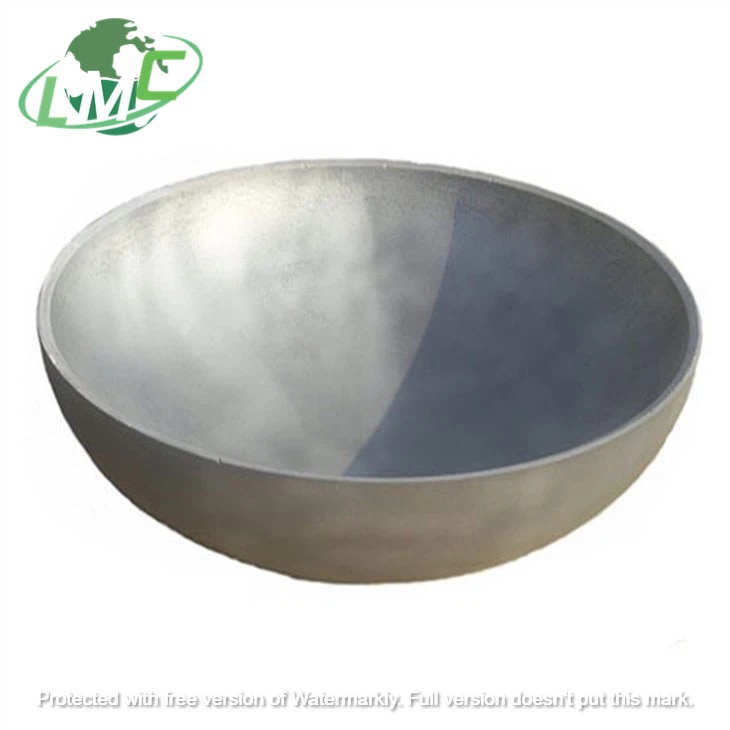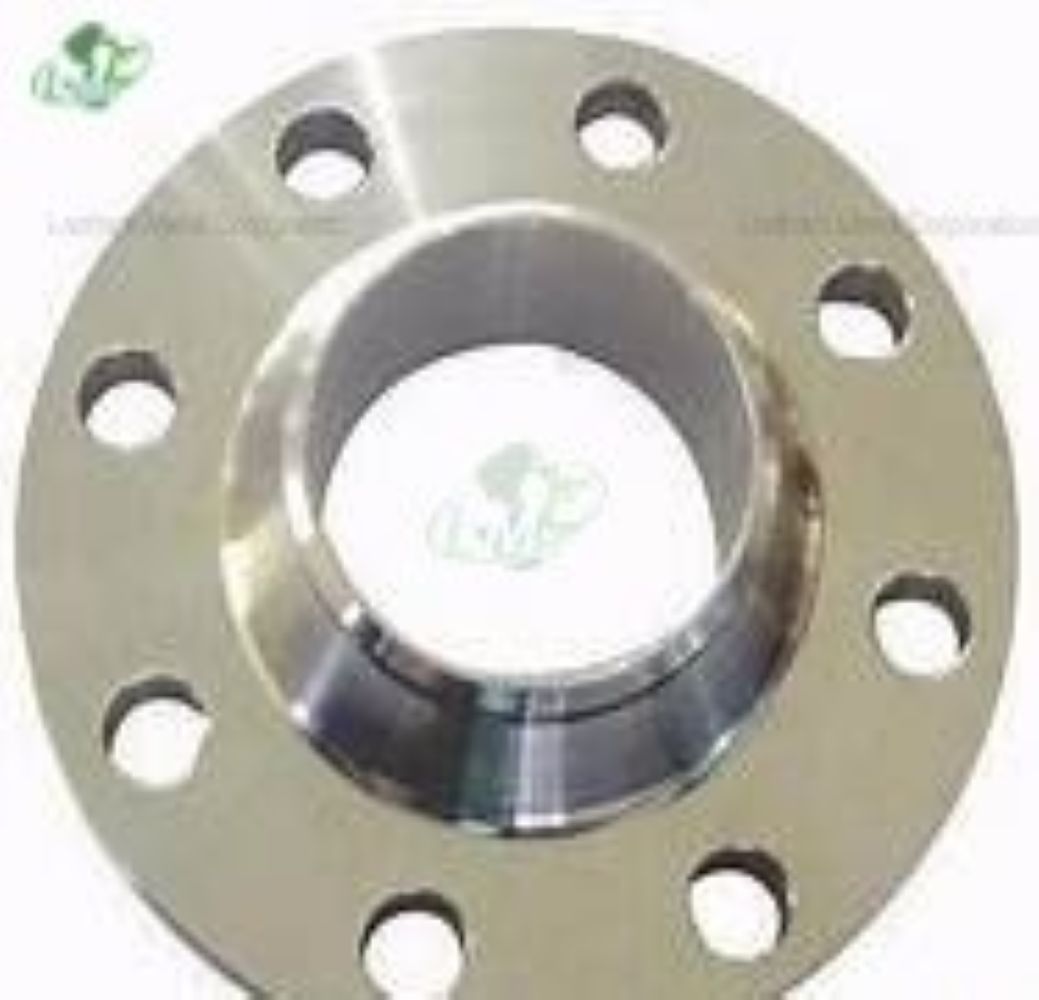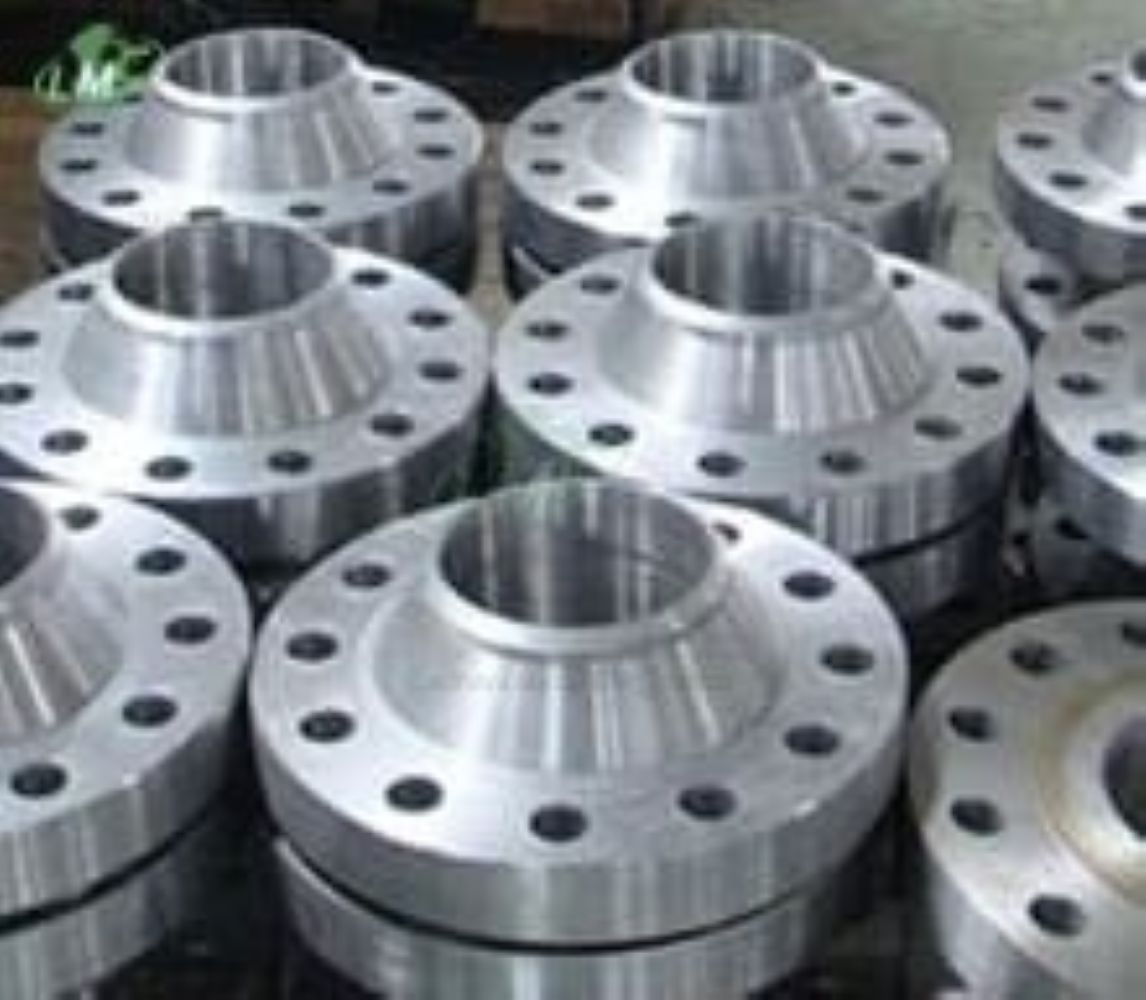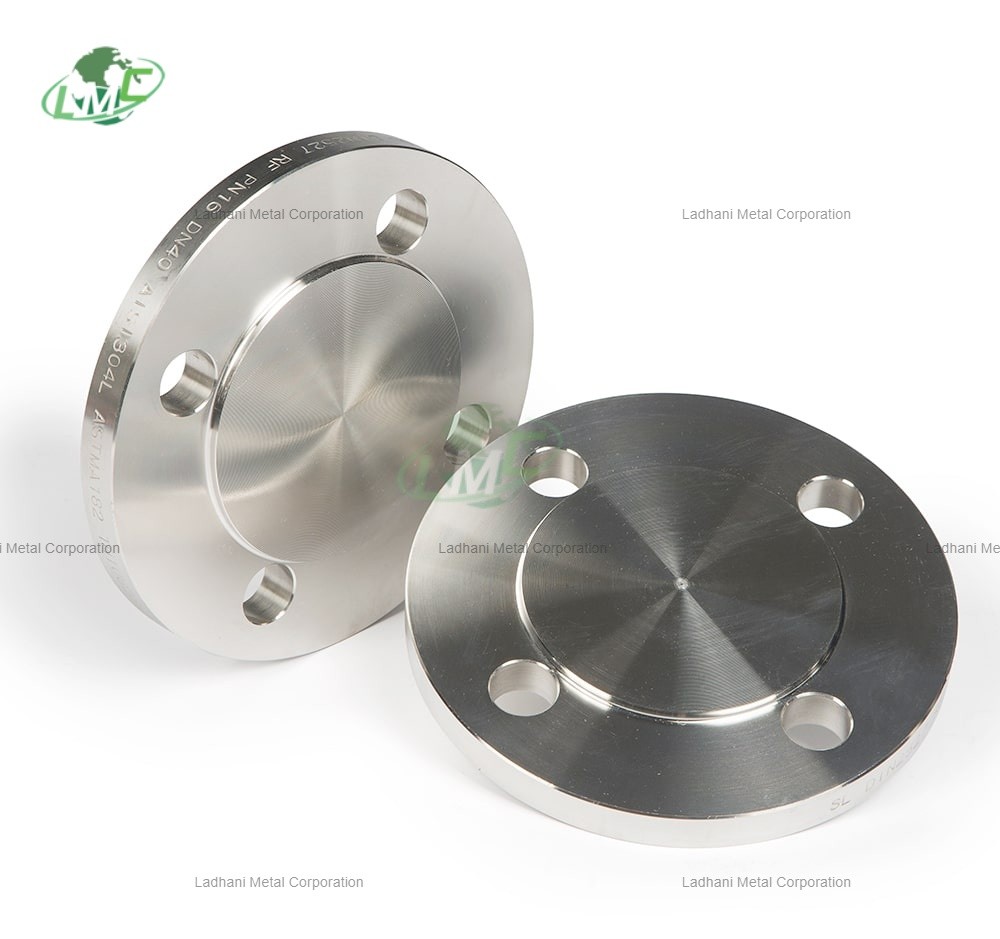DIN 2527 Titanium Grade 2 Blind Flanges are specialized sealing components designed to close the open ends of pipes, vessels, or equipment in systems where no further connections are required. Made from Titanium Grade 2, these flanges are renowned for their excellent corrosion resistance, high strength, and light weight. Titanium Grade 2 is the most commonly used commercially pure titanium, offering a great combination of strength and durability for a wide range of industrial applications. The DIN 2527 standard ensures that these flanges meet precise dimensional, pressure, and mechanical requirements. Material Composition of Titanium Grade 2: Titanium Grade 2 (commercially pure titanium) is primarily composed of the following elements: Titanium (Ti): 99.2% min Iron (Fe): 0.30% max Oxygen (O): 0.25% max Carbon (C): 0.08% max Nitrogen (N): 0.03% max Hydrogen (H): 0.015% max Titanium Grade 2 is known for its outstanding combination of strength, ductility, and resistance to corrosion, making it suitable for a wide variety of industrial uses, especially in environments where high corrosion resistance is critical. Key Features of DIN 2527 Titanium Grade 2 Blind Flanges: Corrosion Resistance: Titanium Grade 2 is highly resistant to corrosion, particularly in environments that are exposed to chloride ions, seawater, and acidic conditions. It offers exceptional protection against pitting, crevice corrosion, and stress corrosion cracking. These flanges are ideal for use in applications involving harsh chemicals, acids, and marine environments, including seawater pipelines, desalination plants, and chemical processing systems. Strength and Durability: While Titanium Grade 2 is not as strong as titanium alloys with added elements like aluminum and vanadium (e.g., Grade 5), it still offers excellent strength-to-weight ratio, especially in terms of tensile strength and resistance to deformation under stress. It retains its strength even at elevated temperatures, making it reliable in systems exposed to thermal cycling and fluctuating temperatures. Temperature Resistance: Titanium Grade 2 maintains its performance at temperatures up to 400°C (752°F), providing stability and durability in environments with moderate to high temperatures. This makes it suitable for a wide range of industrial applications. Dimensional Accuracy and Pressure Ratings: DIN 2527 Titanium Grade 2 Blind Flanges are produced to precise specifications, ensuring accurate dimensions for a secure and reliable seal. These flanges are available in various pressure classes such as PN6, PN10, and PN16, depending on the requirements of the piping system. Design Variations: Standard Blind Flange (Type A): A solid, circular flange used to completely seal the end of a pipe or vessel. Flat-Faced Blind Flange: Designed with a flat sealing surface, ideal for low-pressure systems where a tight seal is required. Raised Face Blind Flange: Features a raised center portion to improve sealing capabilities in higher pressure systems. Ring-Type Joint (RTJ) Blind Flange: Incorporates a groove for a ring-type joint gasket, typically used in high-pressure and critical applications such as oil and gas pipelines. Long Weld Neck Blind Flange: Has an extended neck, offering additional strength, particularly useful in high-stress or high-pressure environments. Nominal Diameter: DIN 2527 Titanium Grade 2 Blind Flanges come in various nominal diameters (DN), ranging from DN10 (1/2 inch) up to DN600 (24 inches) or larger, depending on the system requirements.
Send Message
